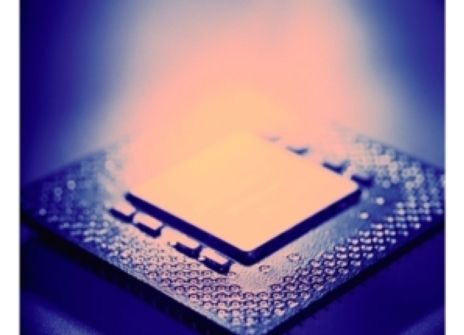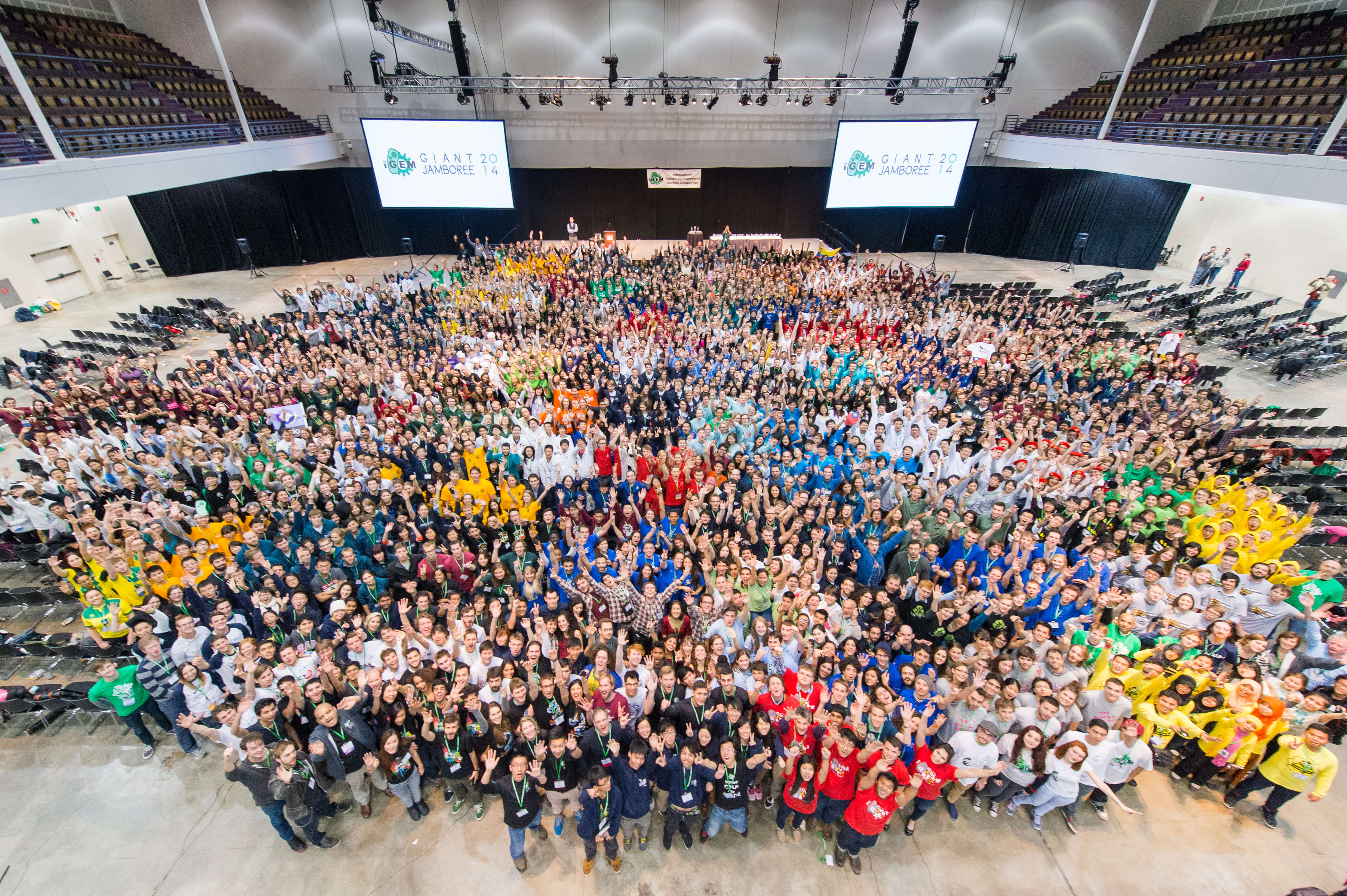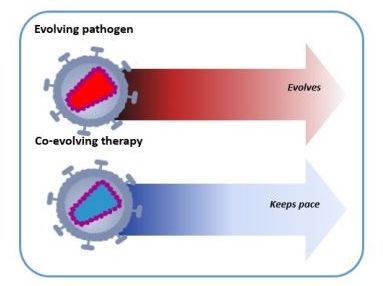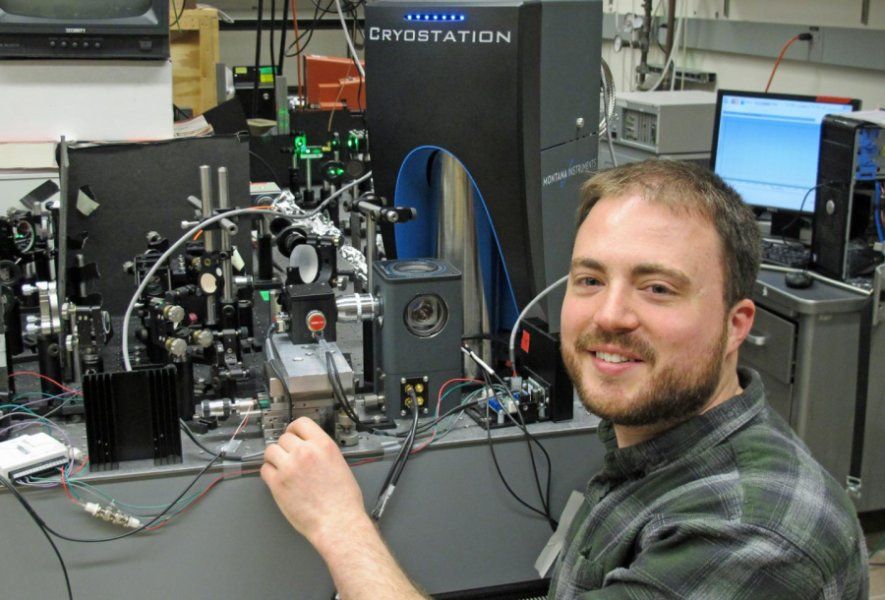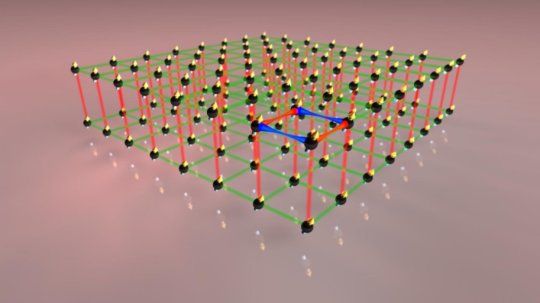Page 11286
Apr 7, 2016
XS-1 Program to Ease Access to Space Enters Phase 2
Posted by Karen Hurst in category: space travel
Apr 7, 2016
DARPA Christens (Mostly) Autonomous Vessel
Posted by Karen Hurst in category: robotics/AI

The Sea Hunter, the U.S. Defense Advanced Research Projects Agency’s most ambitious unmanned vessel to date, may well be the most advanced self-navigating surface craft in the world. Its 130-foot trimaran hull is designed for a maximum speed of 27 knots and operations in conditions up to sea state five. It can conduct missions of up to 70 days without resupply, and can work unmanned to perform tasks too risky for human sailors. It is even capable of complying with the Rules of the Road, in certain well-defined situations. And it can do all of these things at a construction cost of $23 million, a bit under one percent of the price for a Zumwalt -class destroyer (excluding R&D).
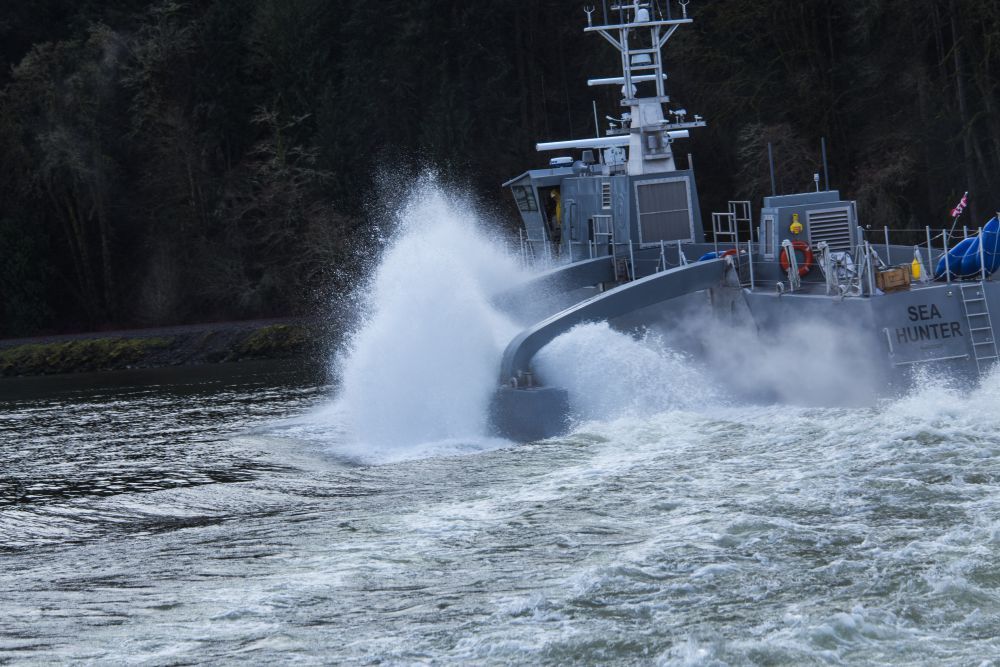
Continue reading “DARPA Christens (Mostly) Autonomous Vessel” »
Apr 7, 2016
Piecing the puzzle together, MQ-1 and MQ-9s provide crucial CAP capabilities: Post-flight procedures
Posted by Karen Hurst in category: military
The remotely piloted aircraft has landed, but there’s still work to be done.
After the launch and recovery element lands the RPA, they taxi it off the runway and in to a hangar, where the maintenance Airmen get right to work.
“Post-flight we do any scheduled maintenance for the aircraft and change any parts that need to be replaced if they are broken, or if the manufacturer has deemed it necessary to change at a specific allotted time,” said Staff Sgt. Matthew, 432nd Aircraft Maintenance Squadron MQ-1 Predator crew chief. “We also refuel the aircraft with the required amount for the next mission.”
Apr 7, 2016
SA innovation scientist wins space at Singularity University, wants to cure HIV
Posted by Karen Hurst in categories: biotech/medical, singularity
Nick Walker, an innovation scientist looking to stem cells for an HIV cure, has won the South African edition of the Singularity University Global Impact Competition (GIC), and with it the chance to attend a 10-week course at the prestigious innovation institution.
The scientist currently works at Next Biosciences, Africa’s leading stem cell laboratory and cryogenic biobank, based in Johannesburg, South Africa.
Walker completed his BSc, BSc (Hons, Cum Laude) and PhD at the University of KwaZulu-Natal in Pietermaritzburg. In his PhD work he focussed on the role of the extracellular matrix (ECM) on various aspects of myogenesis.
Continue reading “SA innovation scientist wins space at Singularity University, wants to cure HIV” »
Apr 7, 2016
Why We Should Teach Kids to Code Biology, Not Just Software
Posted by Karen Hurst in categories: biotech/medical, computing
Agree; this is our future.
Almost ten years ago, Freeman Dyson ventured a wild forecast:
“I predict that the domestication of biotechnology will dominate our lives during the next fifty years at least as much as the domestication of computers has dominated our lives during the previous fifty years.”
Continue reading “Why We Should Teach Kids to Code Biology, Not Just Software” »
Apr 7, 2016
Co-evolving Antivirals Aim to Keep Ahead of Fast-Changing Viruses
Posted by Karen Hurst in categories: biotech/medical, health
Zika. Ebola. Dengue. Influenza. Chikungunya. These are but a few among the growing cadre of viruses that today pose serious health threats to U.S. troops, as well as to civilian populations in the United States and around the world. Vaccines exist for but a few of these infectious diseases. And since these viruses have an uncanny ability to mutate and morph as they reproduce inside their hosts, those few vaccines that do exist are quickly outdated, providing little protection against the latest viral strains. That’s why flu vaccine manufacturers, for example, must produce new versions annually, at enormous expense and with variable year-to-year efficacy.
Ideally, to outpace evolving pathogens, a therapy or a vaccine would adapt in real time, shape-shifting as fast as its targets do. To pursue that radical approach, DARPA today launched its INTERfering and Co-Evolving Prevention and Therapy (INTERCEPT) program.
“We need a new paradigm to stay ahead of these moving targets,” said Jim Gimlett, DARPA program manager. “With INTERCEPT, the goal is to develop viral therapies that are effective against a broad spectrum of viral strains, and that can co-evolve and outpace new strains.”
Apr 7, 2016
Toyota’s ‘guardian angel’ cars will be supercomputers on wheels
Posted by Karen Hurst in categories: robotics/AI, supercomputing, transportation
Interesting; however, I can not wait to see Nividia’s new car especially with their new GPU chip & DGX-1 technology.
While companies such as Google chase the fully autonomous car, Toyota is taking a more measured approach toward a “guardian angel” car that would seize control only when an accident is imminent.
But as starkly different as those approaches are, they both will require a wide range of data-intensive technologies, according to Gill Pratt (pictured), chief executive officer of the Toyota Research Institute, a research center focused on AI and robotics. He spoke at the GPU Technology Conference in San Jose today.
Continue reading “Toyota’s ‘guardian angel’ cars will be supercomputers on wheels” »
Apr 7, 2016
Light and sound waves used to control electron states
Posted by Karen Hurst in categories: computing, particle physics, quantum physics
University of Oregon physicists have combined light and sound to control electron states in an atom-like system, providing a new tool in efforts to move toward quantum-computing systems.
The work was done on diamond topped with a layer of zinc oxide containing electrical conductors and performed at a temperature of 8 degrees Kelvin (−445.27 Fahrenheit, −265.15 Celsius) — just above absolute zero.
Using sound waves known as surface acoustic waves to change electron states could foster data transfer between quantum bits, the researcher said. The interaction of qubits, as is the case with binary bits in current computing, is seen as vital in building advanced systems.
Apr 7, 2016
Quantum simulation 2.0: Atoms chat long distance
Posted by Karen Hurst in categories: particle physics, quantum physics
In an international first, a research team of experimental physicists has measured long-range magnetic interactions between ultracold particles confined in an optical lattice. Their work introduces a new control knob to quantum simulation.
